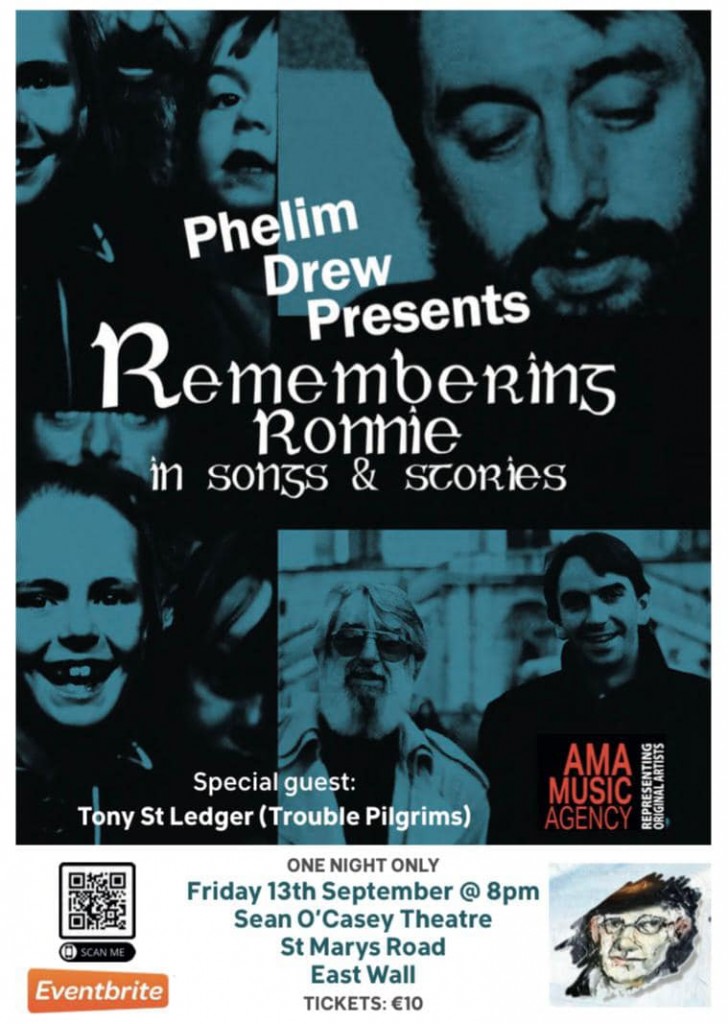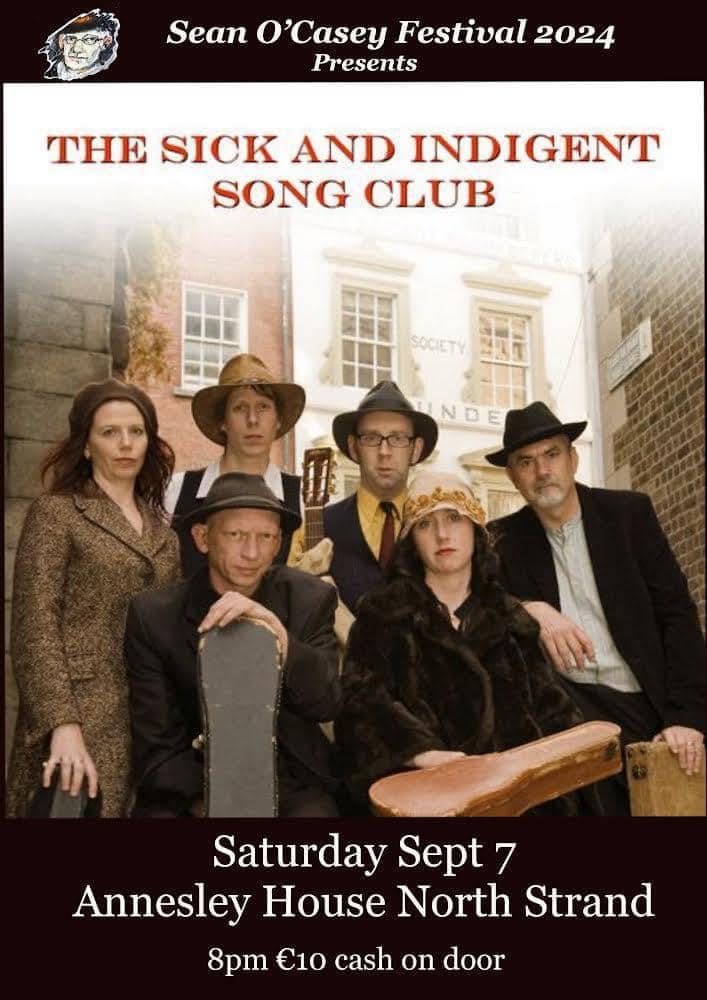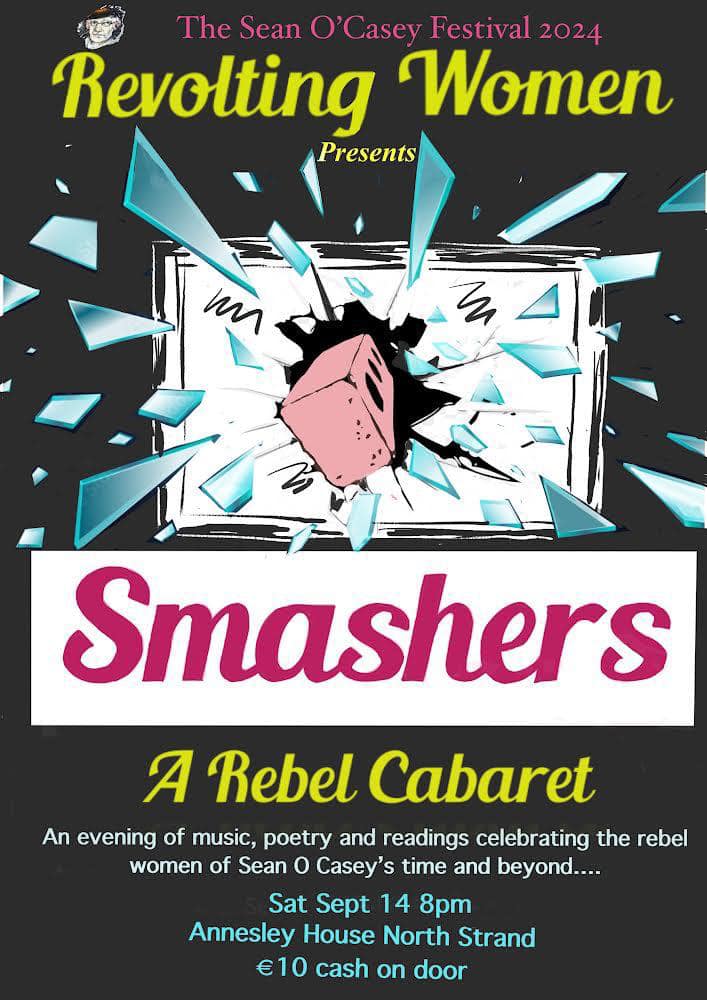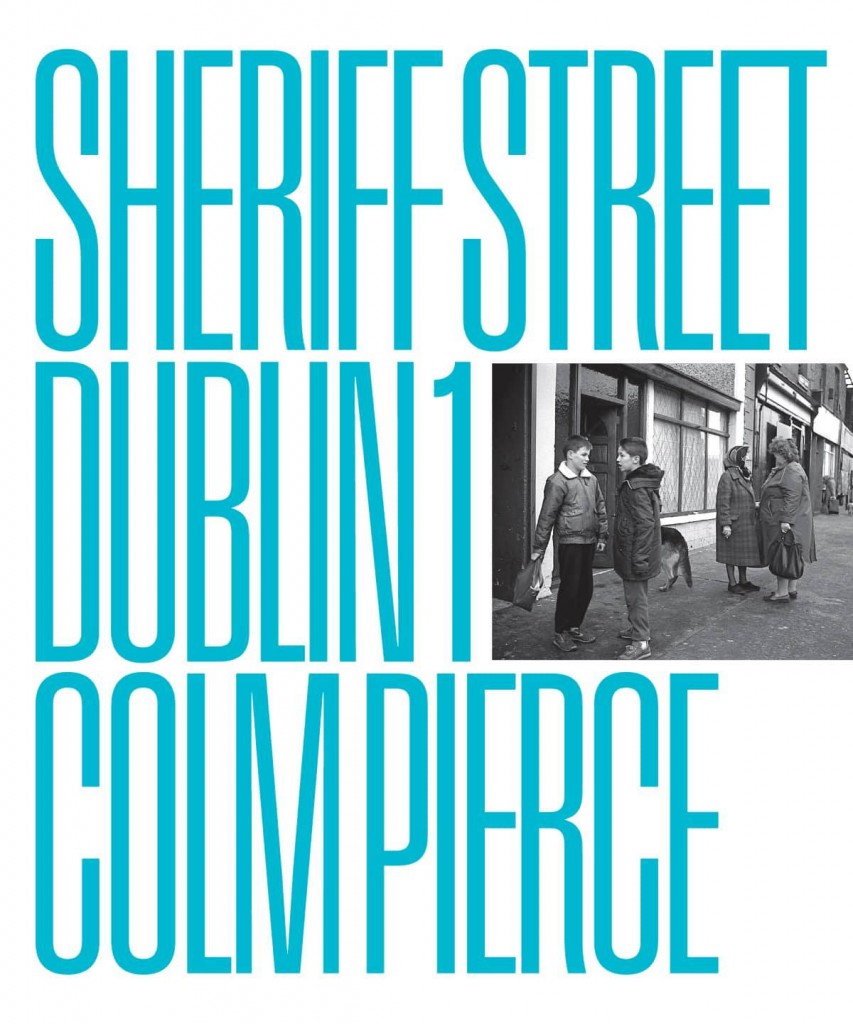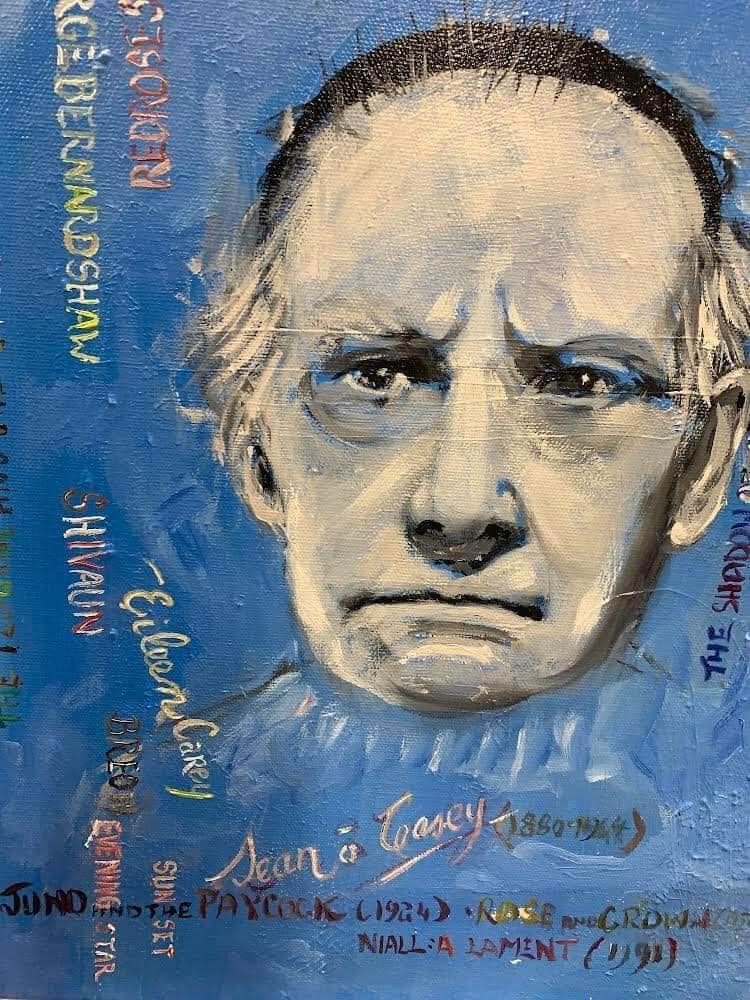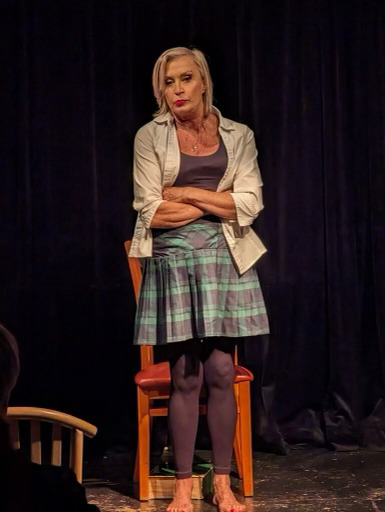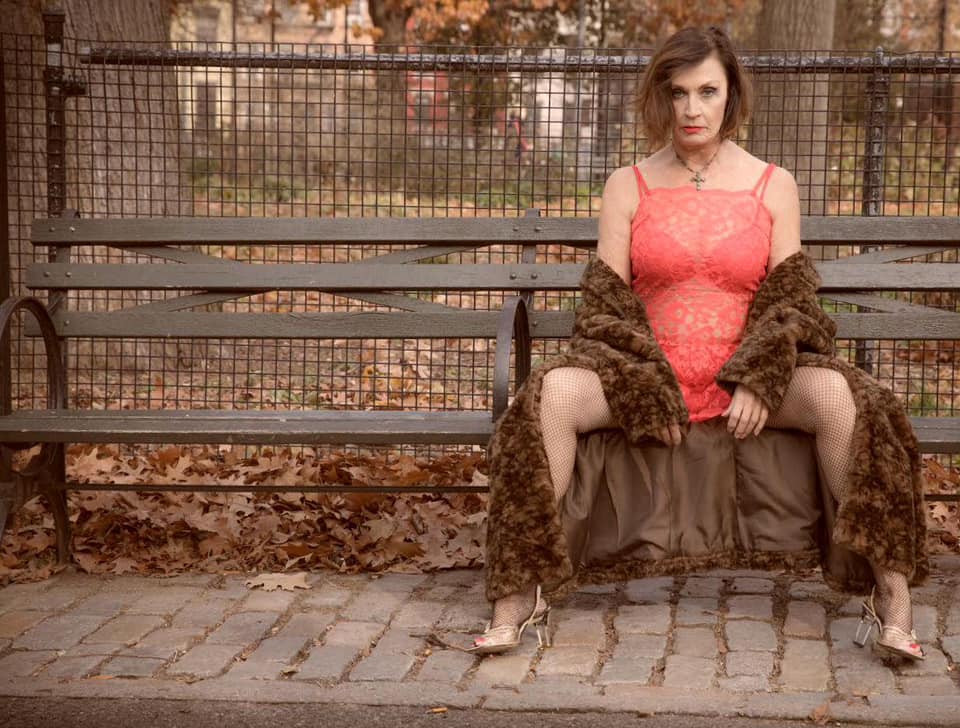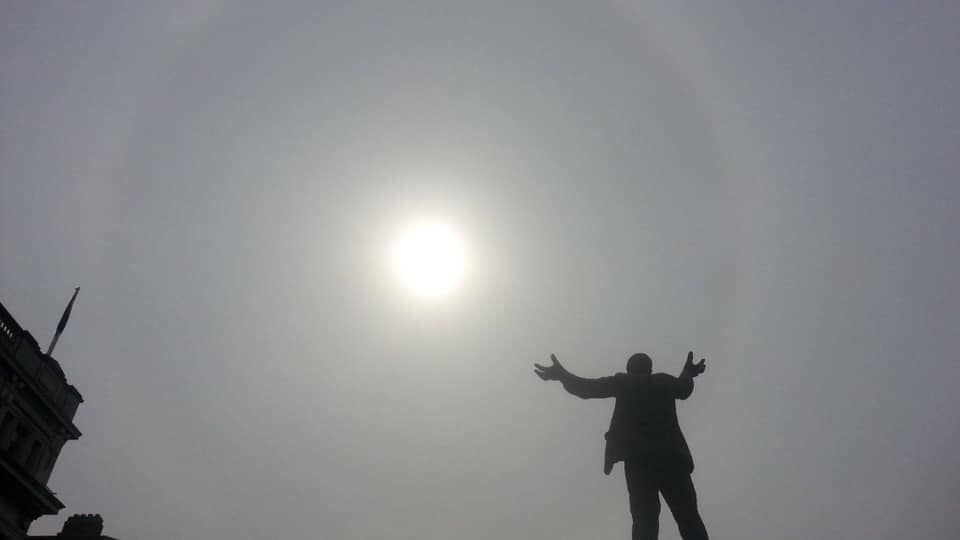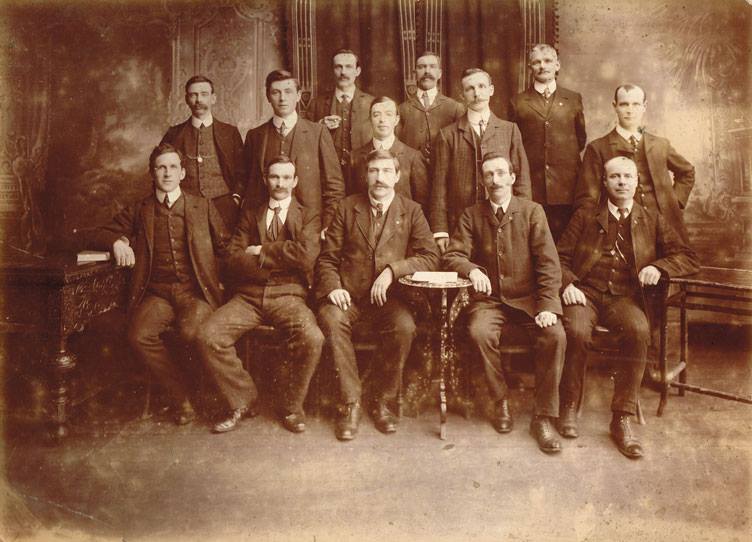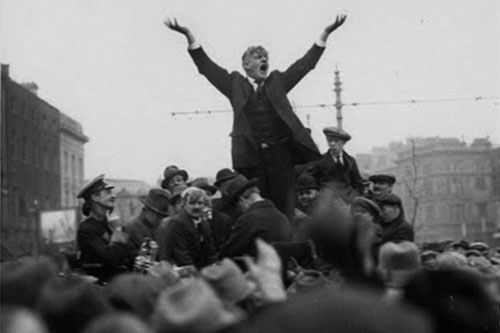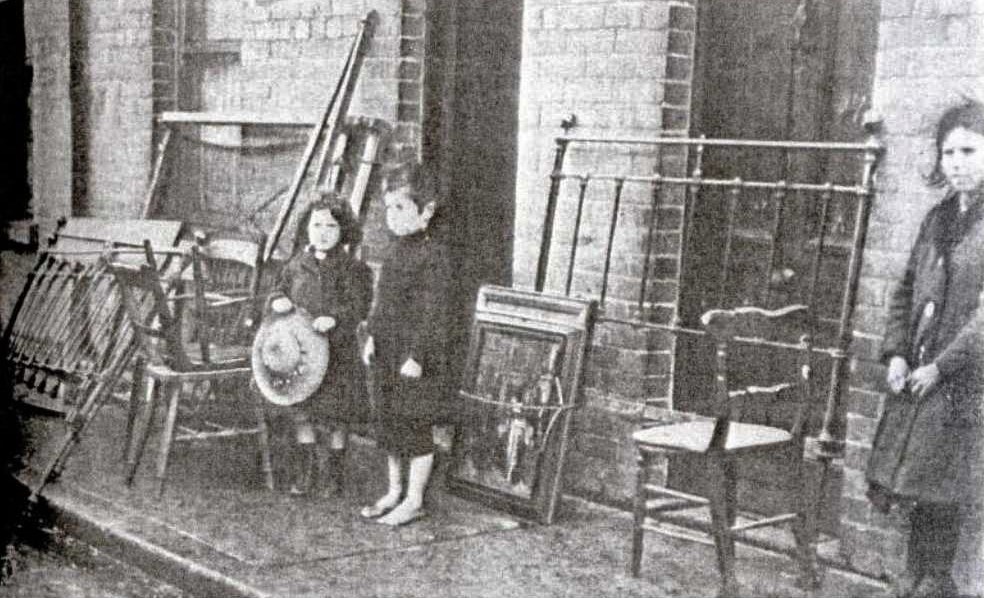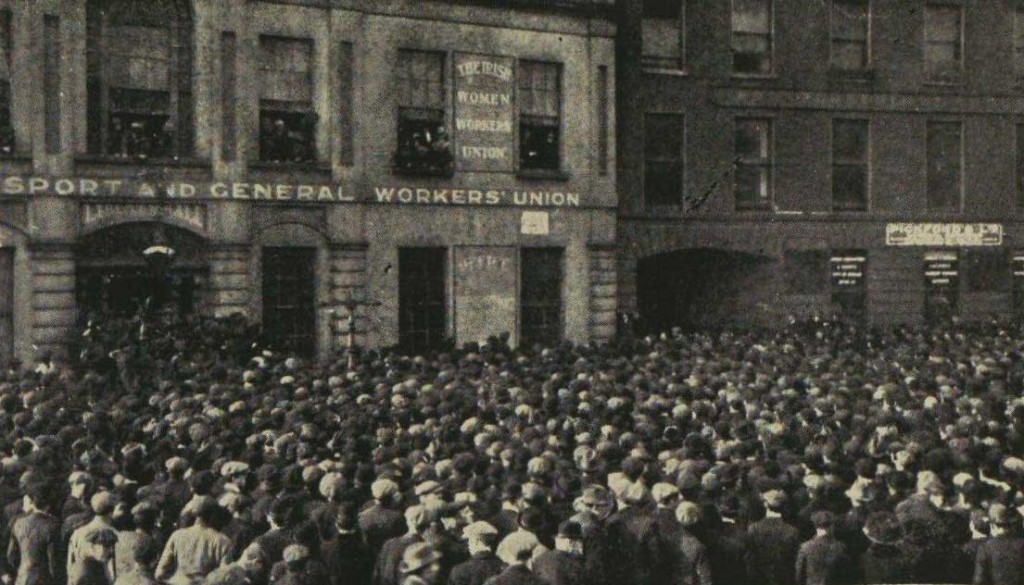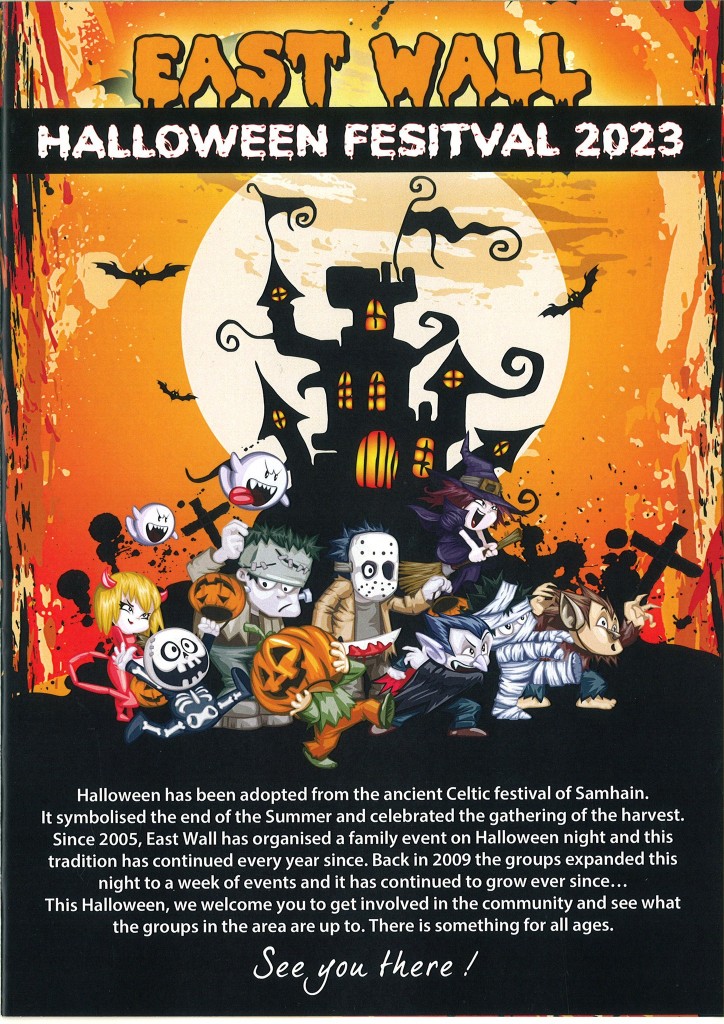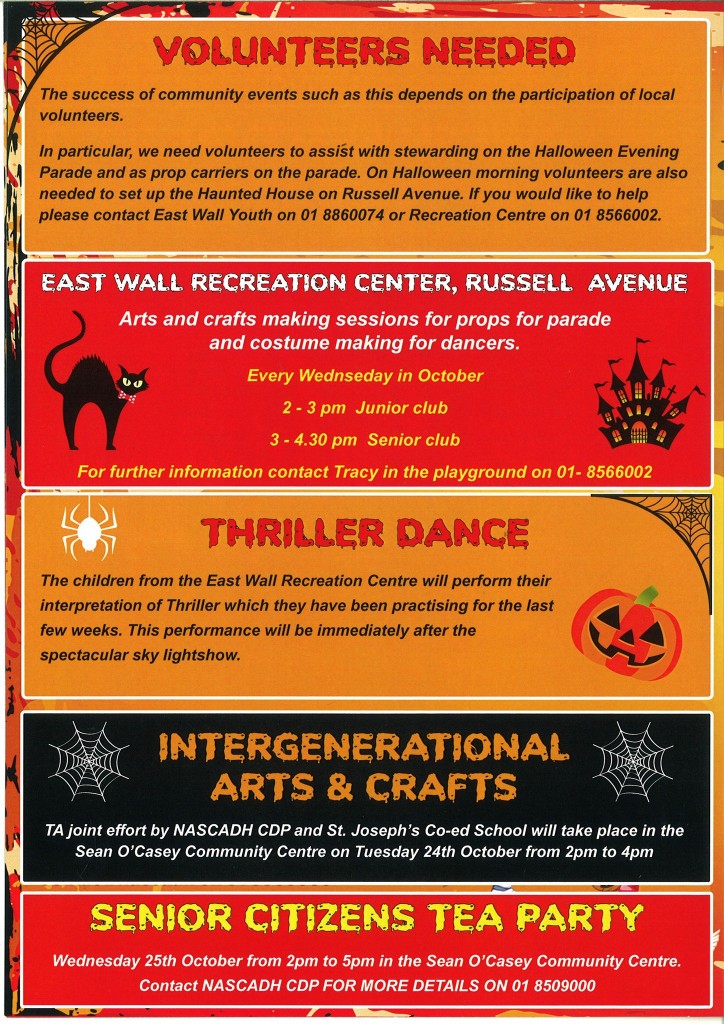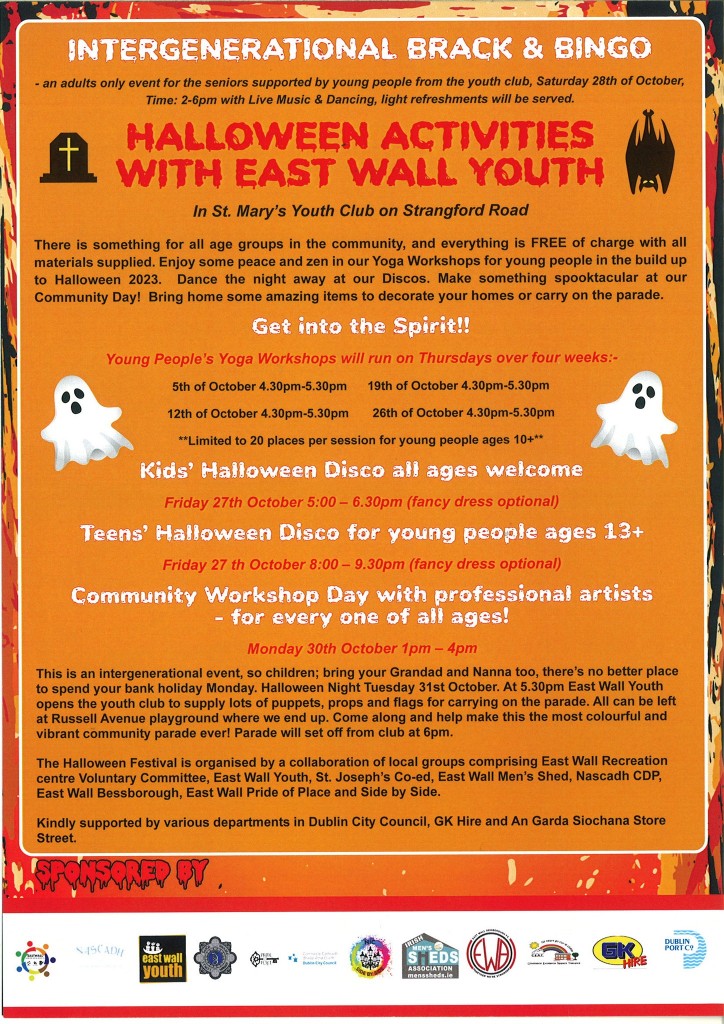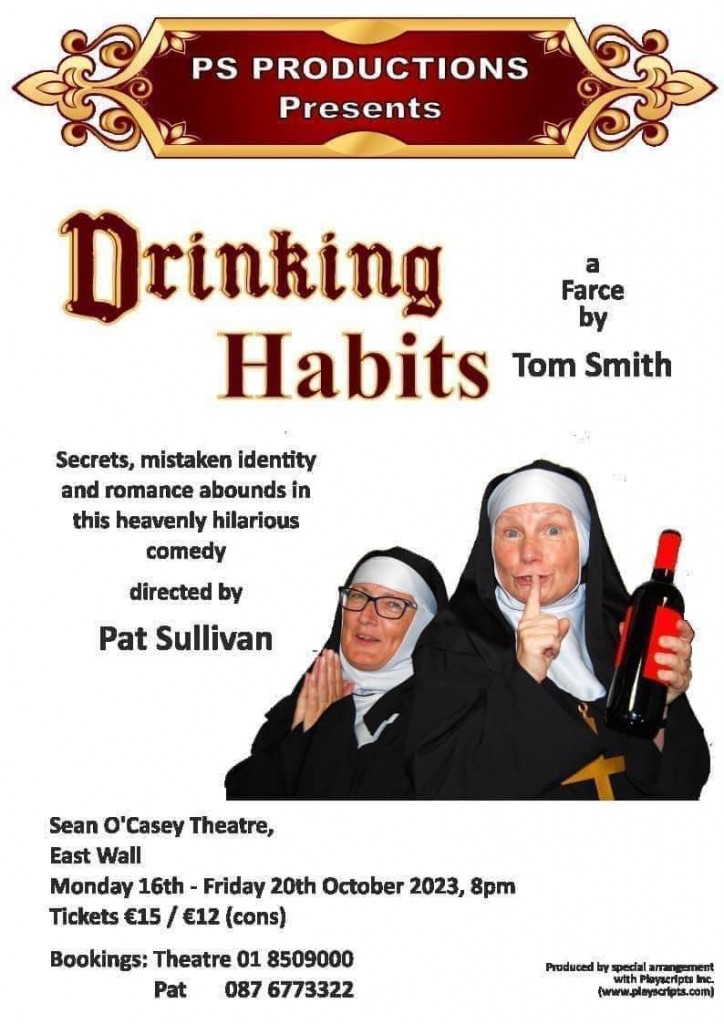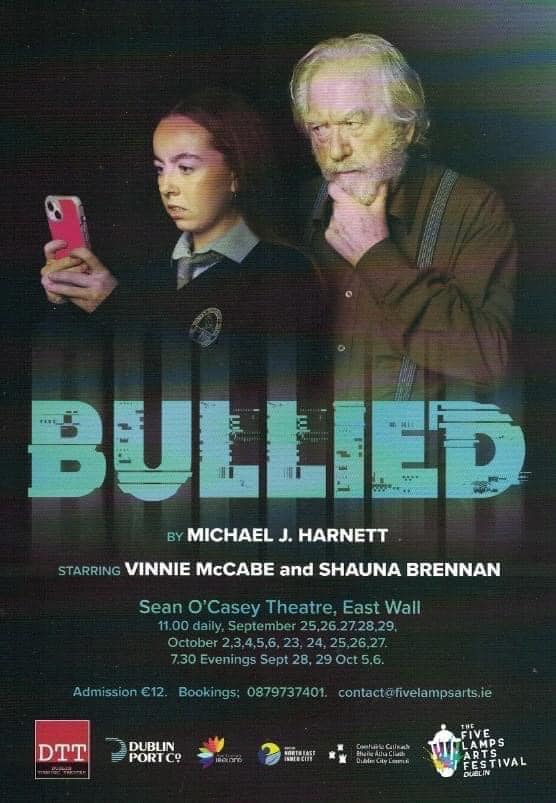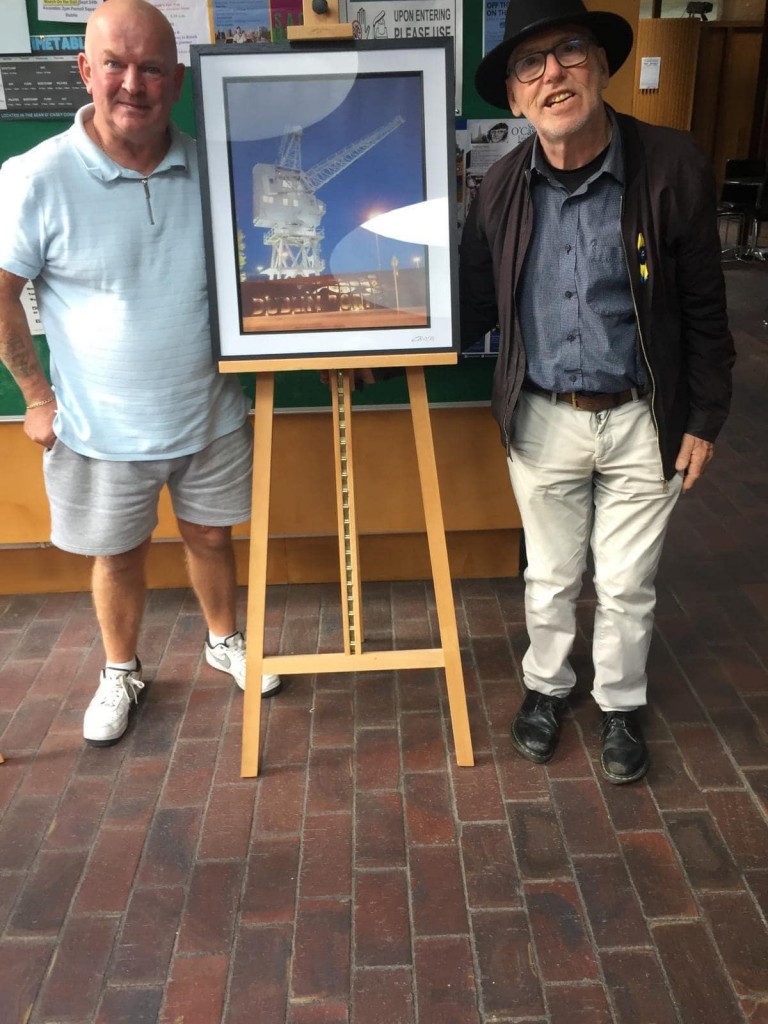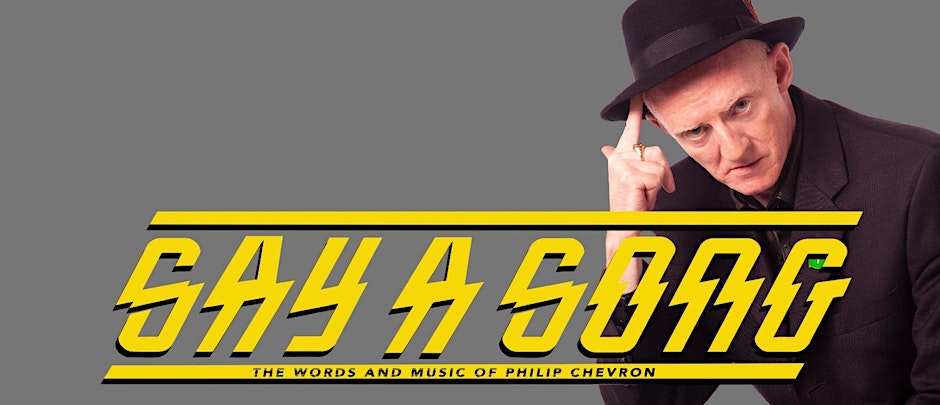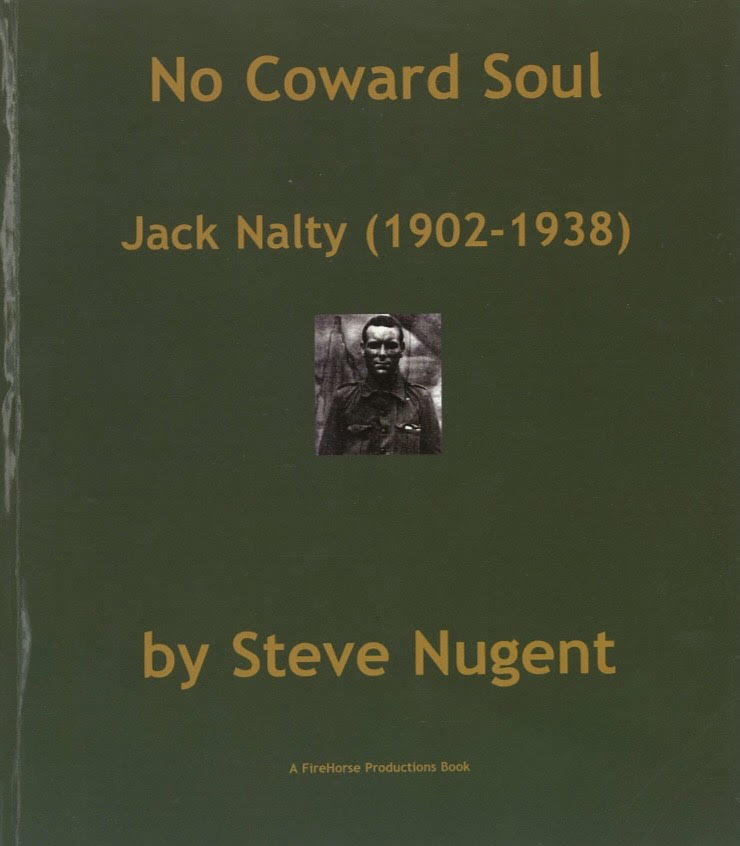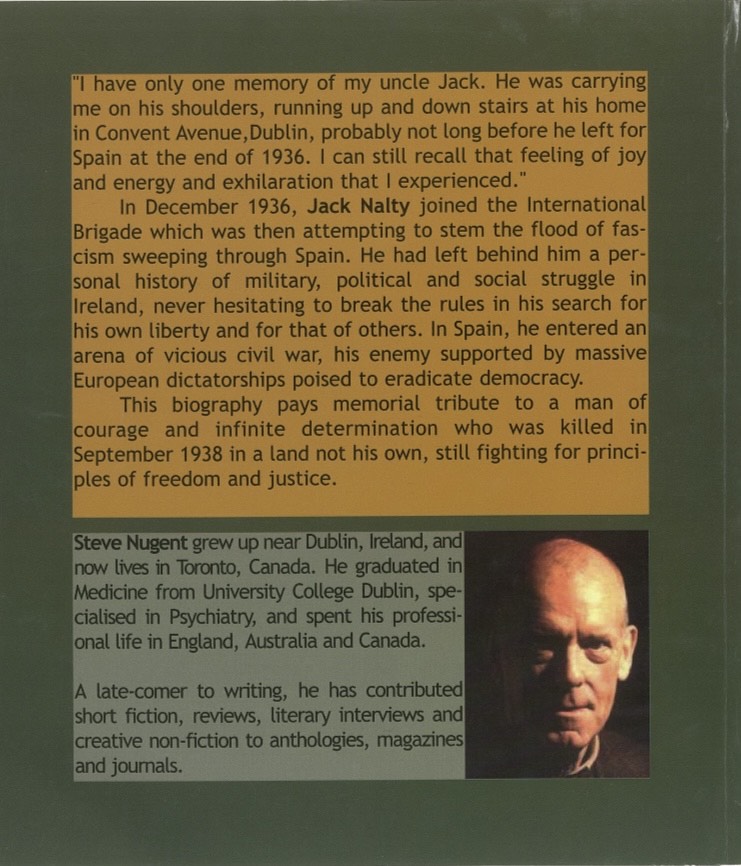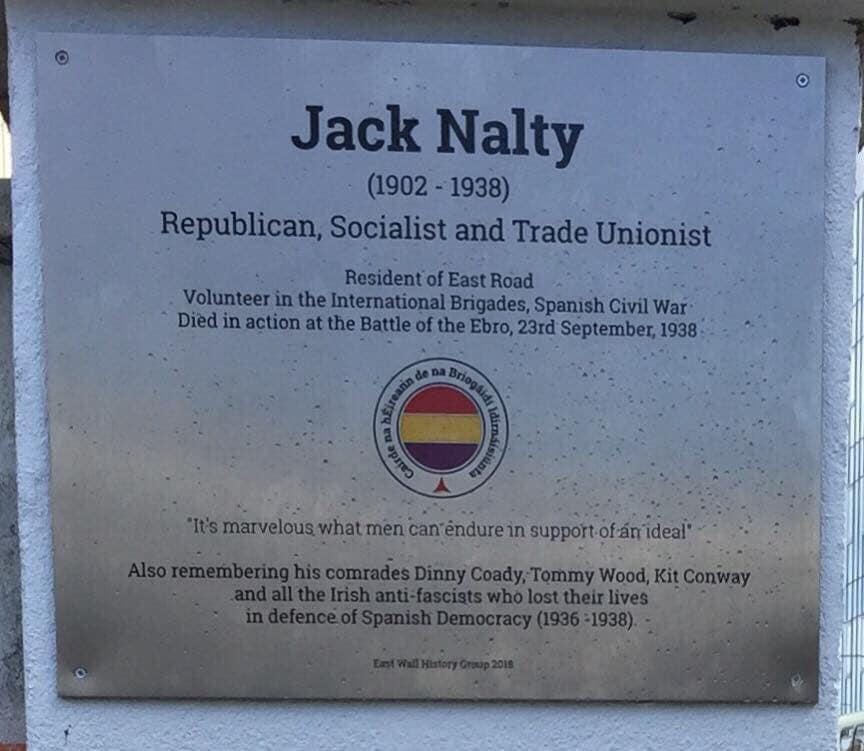The Sean O’Casey Festival 2024 will take place from Saturday 7th September until Friday 20th September. Here are all the events announced so far, with some more to follow.
We have a fantastic line up this year, with both Irish and International performers, some familiar faces joining us again and some appearing for the first time. As always we have kept ticket prices very affordable, and have a number of FREE events to. We hope to see you there, and please share all these details.
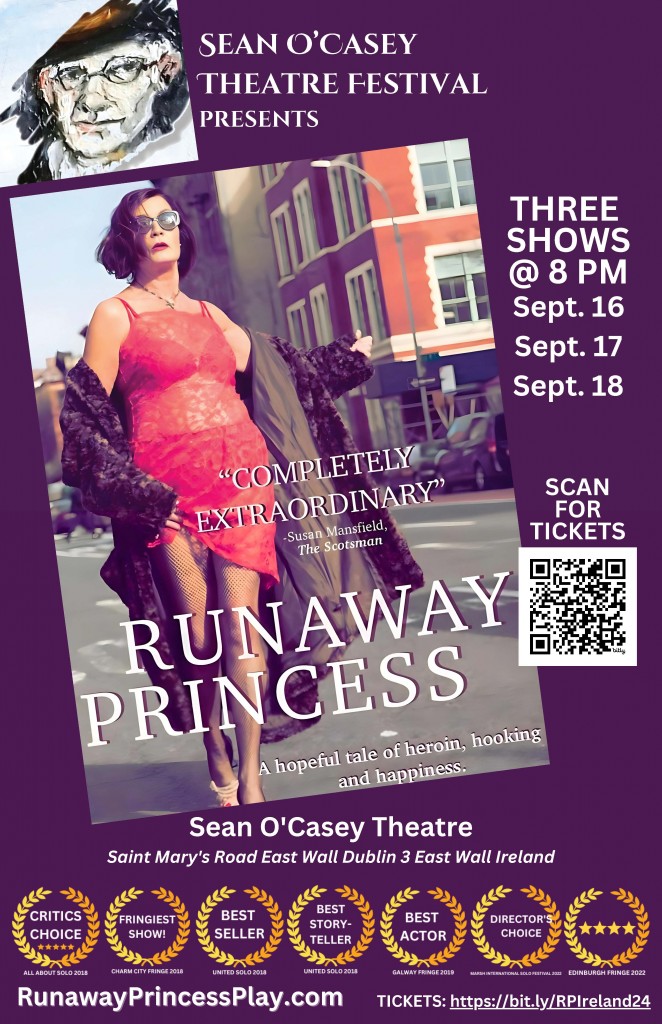 TICKETS
TICKETS
TICKETS
 TICKETS
TICKETS
THE FOLLOWING ARE ALL FREE EVENTS :
BOOK LAUNCH AND PHOTO EXHIBITION
Independent Dublin publishers Hi Tone Books will release Colm Pierce’s book “Sheriff Street Dublin 1” featuring images of the North Wall community in the late 1980′s early 1990′s.
Exhibition will continue until 20th September
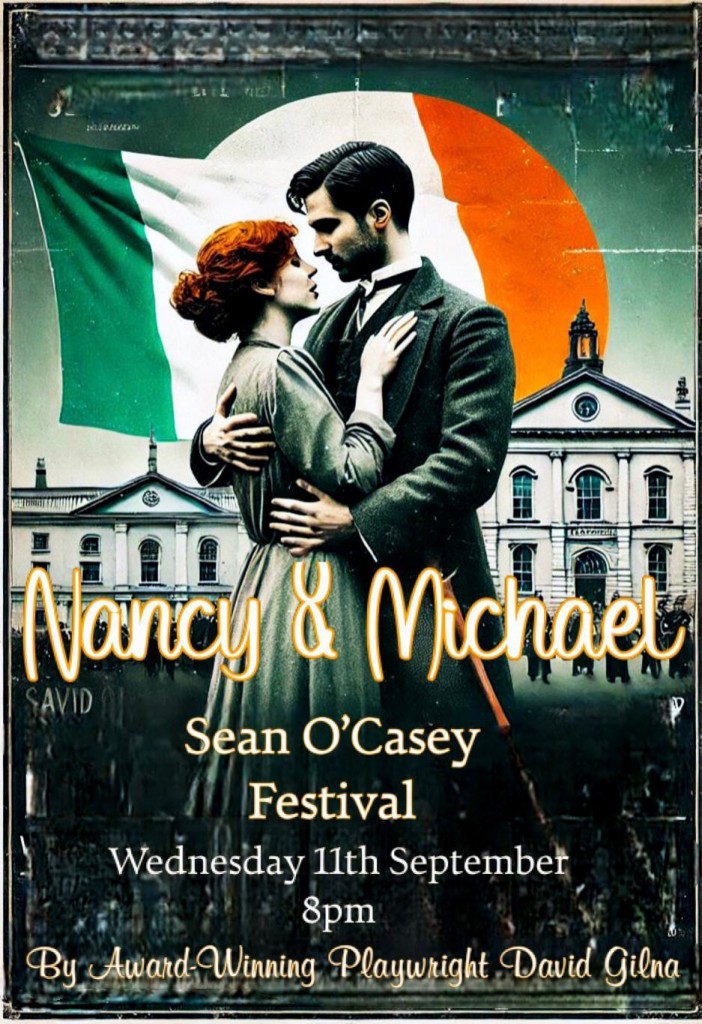 A reading of award-winning Irish playwright David Gilna’s new play, “Nancy and Michael” directed by Frank Allen. Revolution and romance intersect at a pivotal moment of modern Irish history, the 1916 Easter Rising.
A reading of award-winning Irish playwright David Gilna’s new play, “Nancy and Michael” directed by Frank Allen. Revolution and romance intersect at a pivotal moment of modern Irish history, the 1916 Easter Rising.
FREE BOOKING
A free screening of this feature length documentary, which examines the strange collaboration (and non collaboration) between the Irish playwright and the British movie director.
Tuesday 10th September
Sean O’Casey Theatre
@8pm
This special screening is in memory of Christopher Murray who passed away earlier this year. The author of the definitive Sean O’Casey biography, he was a great friend to the festival and appears in the documentary.
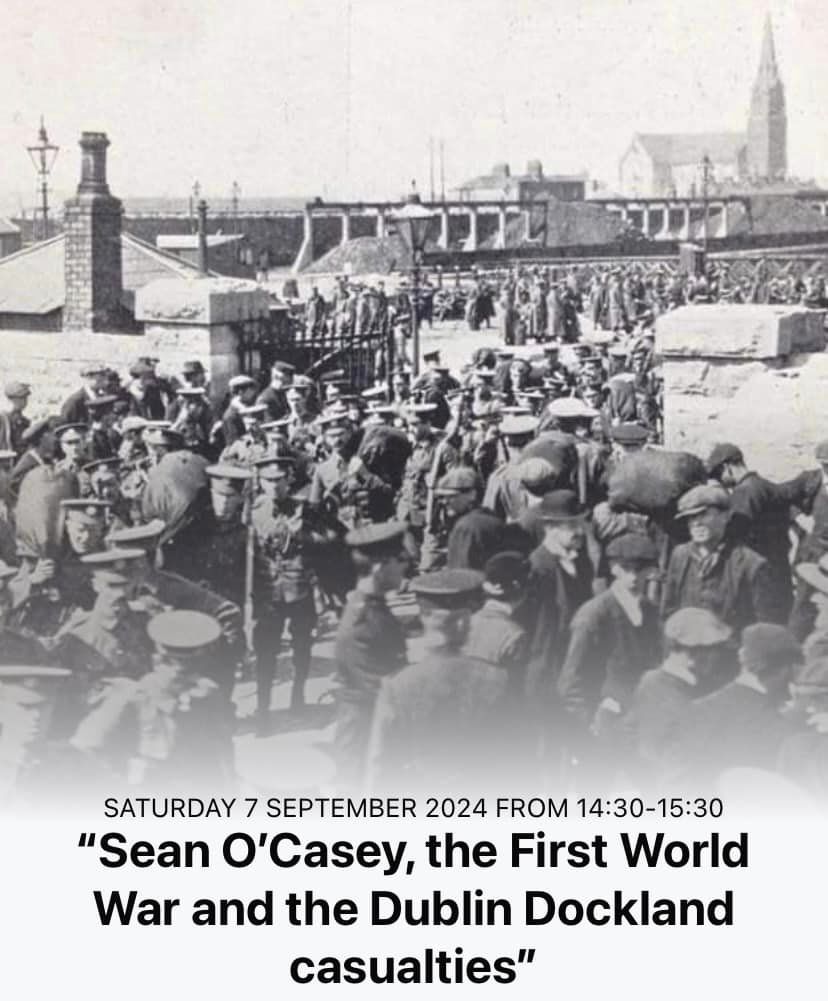
In this illustrated talk Joe Mooney will tell the story of Dublin Docklands in this tumultuous period, while Paul O’Brien will reveal the stories behind some of the local names found in war graves and on memorials.
Saturday 7th September @ 2.30pm
Charleville Mall Library



